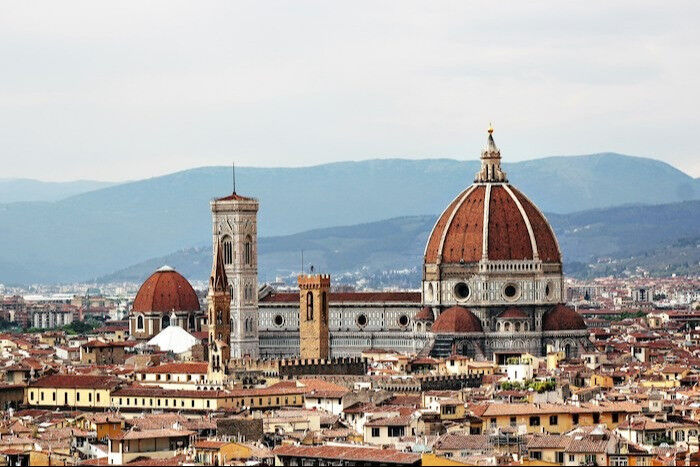The history of pasta in Florence and Tuscany

The history of pasta in Florence and Tuscany is a subject of much interest and intrigue, with roots that potentially trace back to ancient civilizations, including the Etruscans, and extending through the Renaissance period. Here is an overview based on available historical documents and scholarly research.
Etruscan Era
Etruscans and Pasta-Like Foods:
Evidence: There is some evidence suggesting that the Etruscans, who inhabited Tuscany before the rise of the Roman Empire, made pasta-like foods. Archaeological finds, such as carvings and tools that resemble pasta-making implements, hint at early forms of pasta.
Research: While concrete written records are scarce, the Etruscans were known to have cultivated wheat and could have produced forms of unleavened bread or pasta.
Medieval and Renaissance Periods
Medieval Tuscany:
Pasta Production: By the Middle Ages, there is more definitive evidence of pasta production in Italy. References to pasta-like dishes can be found in various medieval manuscripts and records.
Economic Importance: Pasta became an important part of the diet due to its long shelf life and nutritional value, which were crucial for the sustenance of armies and travelers.
Renaissance Florence:
Documentation: During the Renaissance, Florence was a cultural and economic hub. Historical cookbooks from this period, such as those by Bartolomeo Scappi and Cristoforo di Messisbugo, contain recipes for pasta dishes.
Medici Influence: The Medici family, particularly Caterina de' Medici, played a significant role in the culinary traditions of Florence. She is often credited with bringing Italian cooking techniques, including pasta-making, to the French court when she married Henry II of France.
Bartolomeo Scappi: In his seminal work "Opera dell'arte del cucinare" (1570), Scappi includes several pasta recipes, demonstrating the sophistication and variety of pasta dishes in Renaissance Italy. This work is one of the earliest comprehensive cookbooks and provides a detailed look at the culinary practices of the time.
Notable Pasta Varieties from Tuscany
Pici:
Description: Pici is a thick, hand-rolled pasta that originates from the Tuscan regions of Val d'Orcia and Val di Chiana. It is similar to fat spaghetti and is traditionally served with simple sauces like aglione (garlic and tomato) or cacio e pepe (cheese and pepper).
Pappardelle:
Description: Pappardelle is a wide, flat pasta commonly served with hearty meat sauces such as wild boar ragù (pappardelle al cinghiale). This dish highlights the Tuscan preference for robust, flavorful meals.
Conclusion
While the exact origins of pasta are complex and multifaceted, involving contributions from various cultures over centuries, there is substantial evidence to suggest that pasta was a well-established part of the diet in Florence and Tuscany by the Renaissance. The region's historical documents and culinary traditions reflect a deep-rooted appreciation for this versatile food.
